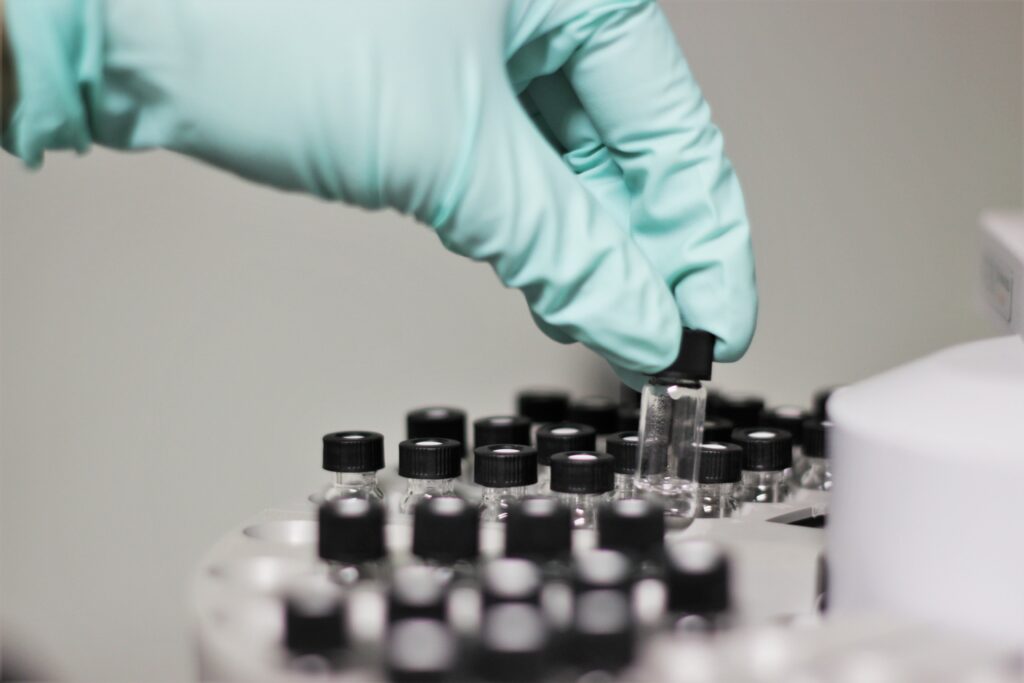PAHs – what you should know about the pollutants

Polycyclic aromatic hydrocarbons – PAHs for short – are organic compounds consisting of two to seven linked aromatic ring systems. There are several hundred compounds of PAHs.
Many of the PAHs have potentially harmful effects on the environment and the health of living organisms. Some are even categorised as carcinogenic. But they are found almost everywhere: for example in toys, cosmetics and food, such as roasted or smoked meat. But they can also get into the air we breathe through exhaust fumes from vehicles and tobacco smoke. PAHs occur naturally in crude oil and coal and are formed during incomplete combustion of organic material, e.g. wood and coal.
However, the toxicity of PAHs is particularly problematic in combination with two other properties: bioaccumulation and persistence. This means that they can only be broken down poorly or not at all in the environment and accumulate in organisms. If PAHs are released, they can develop their toxic effects over a long period of time.
Polycyclic aromatic hydrocarbons can enter drinking water through contamination of surface and groundwater sources. These are mostly of anthropogenic origin, such as industrial waste, agriculture or pesticide use. Exposure to PAHs in drinking water can pose health risks. It is therefore important to regularly monitor water quality and take appropriate measures to reduce exposure to PAHs. Protecting drinking water resources from contaminants such as PAHs is crucial to the health and wellbeing of our population.
According to the Drinking Water Ordinance (TrinkwV), drinking water in Germany must be tested for five PAHs and the respective limit values must be adhered to. These include, for example, benzo(a)pyrene and benzo(b)fluoranthene.
For environmental samples, 16 PAHs are tested as representatives. These have been categorised as priority environmental pollutants by the US Environmental Protection Agency (EPA) and are therefore tested in surface water samples, for example.
The samples are analysed in our laboratory using gas chromatography with mass spectrometry coupling (GC-MS). This means that even the smallest quantities can be detected.
Would you like to know whether your water contains PAHs? Get in touch with us!
